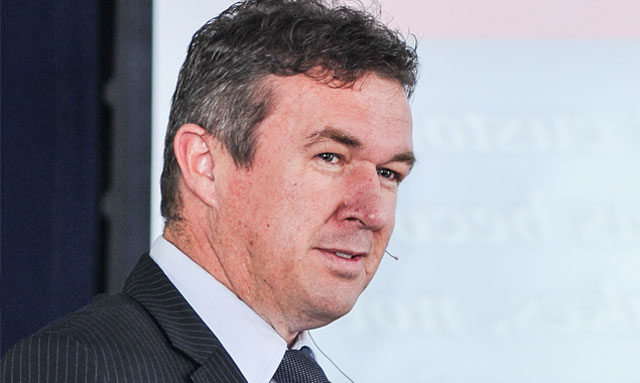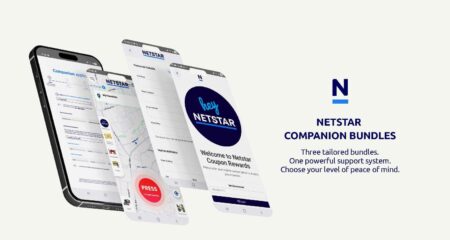
Usage-based insurance telematics, where insurance companies are able to determine everything from a customer’s driving habits to who really was responsible for an accident, will be the next big growth engine for the stolen vehicle tracking and recovery industry.
That’s the view of Altech chief technology and strategy officer Willie Oosthuysen, who says stolen vehicle recovery systems have proved so effective — fewer than 0,7% of vehicles that are fitted with tracking devices are not recovered when they’re stolen — that the industry is now turning its attention to how technology can be used in other ways to reduce costs.
“Insurance companies realised they are paying out relatively much more on accidents than for stolen cars,” Oosthuysen says. “Usage-based telematics is about looking at trends and issues that affect the payment of accident claims.”
With new systems fitted to vehicles, insurance companies can reconstruct accident scenes and show, for example, if a driver claims he stopped at a stop street he really did so.
Altech subsidiary Netstar is making a big move into the usage-based insurance telematics market, having invested R7m over the last year developing a core software engine based on third-party instrumentation supplied by CalAmp.
By fitting vehicles with advanced telematics systems, insurance companies can monitor driver behaviour and even shape their fees based on this. Someone who always stays within the speed limit and doesn’t accelerate and brake sharply, for example, might enjoy lower fees than someone with a lead foot. Insurance companies are able to build up a driver risk model — whether they drive through hijacking hotspots or mostly at night, or whether their car sleeps in a garage in a secure estate or spends much of its time in the street.
And with sensor data, insurance firms can determine whether a vehicle was standing still or moving at the time of an accident.
“European insurers have reduced fraud on claims to almost nothing,” Oosthuysen says.
Insurance companies are increasingly using the technology to help their customers improve their driving behaviour by sending them reports detailing how they can improve their risk profile and pay lower premiums as a result. In fleet management, the best drivers can be rewarded and the worst can be sent for extra training.
According to Oosthuysen, car rental companies are showing particular interest in the technology as it allows them to see when their vehicles are being abused — a common problem in the industry.
Telematics systems can also be used to stamp out the theft of fuel by drivers, which Oosthuysen says is a major problem in fleet management. “You can measure how much fuel comes into the tank and how much goes into the engine.”
The technology can also allow for “concierge services” where, for example, a Jaguar driver calls a customer call centre and asks an agent to recommend a good sushi restaurant in the area. Using the telematics system, the agent is able to see the location of the driver, send GPS co-ordinates to the nearest available parking to the restaurant, or even send a picture of the entrance to the parking.
Another application is security. “You can say, ‘I’m leaving my office now, it’s 1am, I’m driving through a dangerous area, follow me.’ The call centre agent sends you a route to your car and if there is a deviation from the route, they’ll send a response unit or call first and see if you are okay. This would be very useful in South Africa.”
Another potential application is in creating travel log books for submission to the South African Revenue Service (Sars). “You define your house and office, and the system determines whether you are using it for business or personal use. The data is exported from the car and can’t be tampered with. You just upload it to Sars.” — (c) 2013 NewsCentral Media




